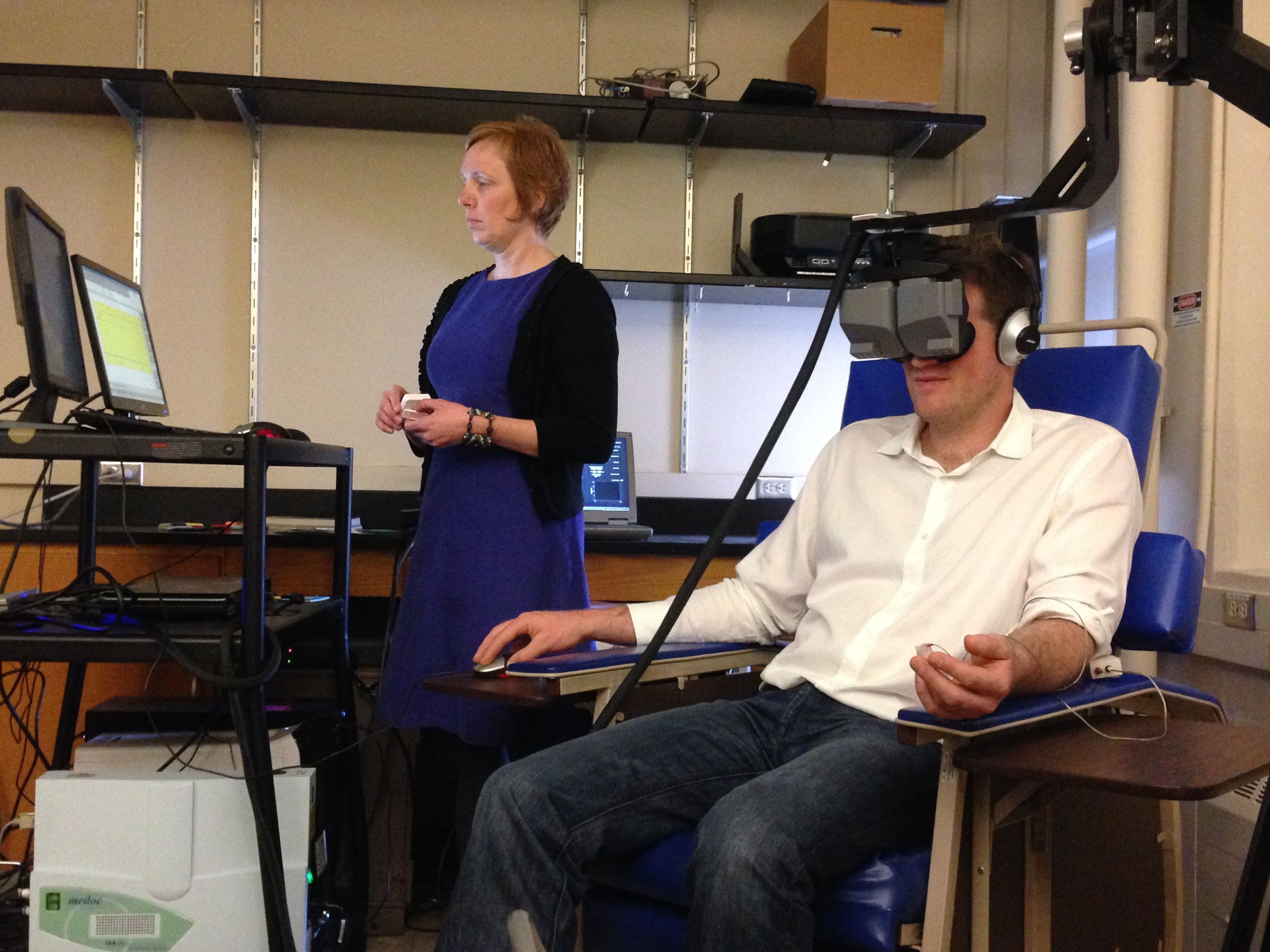Students were asked to write a commentary based on science writer Erik Vance' and his presentation of The Placebo Effect and Mind Over Body. Listening to the speaker was extremely important as well as observing a deconstructing body language. Students were expected to ask questions, take pleny of notes and come up with a thesis statement.
The Curriculum focus: Science, Language Arts, Creative Writing, International Studies
Before the presentation, students must make sure that they ….
-
Listen carefully and take notes
-
Quote accurately
-
Write down any questions that you have for the speaker
After the presentation, answer the following questions:
-
What was most effective about the presentation?
-
What part of the presentation was of most interest to you?
-
Was the speaker engaging?
-
How relevant was the subject matter?
-
How would you use the information presented to you?
Writing Your Commentary……
-
Write an effective introduction. ...
-
Create a small outline for your commentary. ...
-
Avoid excessive summarizing and paraphrasing from other sources. ...
-
Incorporate quotes from the presenter. ...
-
Write a strong conclusion.
-
Include a clincher statement
How to Write a Commentary Workshop
Monday, April 10th
The Pulitzer Center for Crisis Reporting
10:00 am-12:00 noon
Featuring Journalist and Science Writer Erik Vance
Facilitator: Pier Penic
The definition of commentary is discussion of opinions about something that is going on, or a spoken account of some event as it is happening, or a set of notes or explanations about something. When a political pundit is discussing the president's vote on a new bill, this is an example of political commentary.
Commentaries
Commentaries do not include original data and are heavily dependent on the author’s perspective or anecdotal evidence from the author’s personal experience to support the argument. Commentaries are usually very short articles, of around 1000-1500 words, and are in most cases invited by Editors from reviewers or experts in the field. They include a few references, and one or two tables and figures. Some journals require abstracts for commentaries, while others do not. The desired word count for these articles is also journal-specific. Authors should, therefore, read the guidelines provided by the journal carefully before they begin writing.











